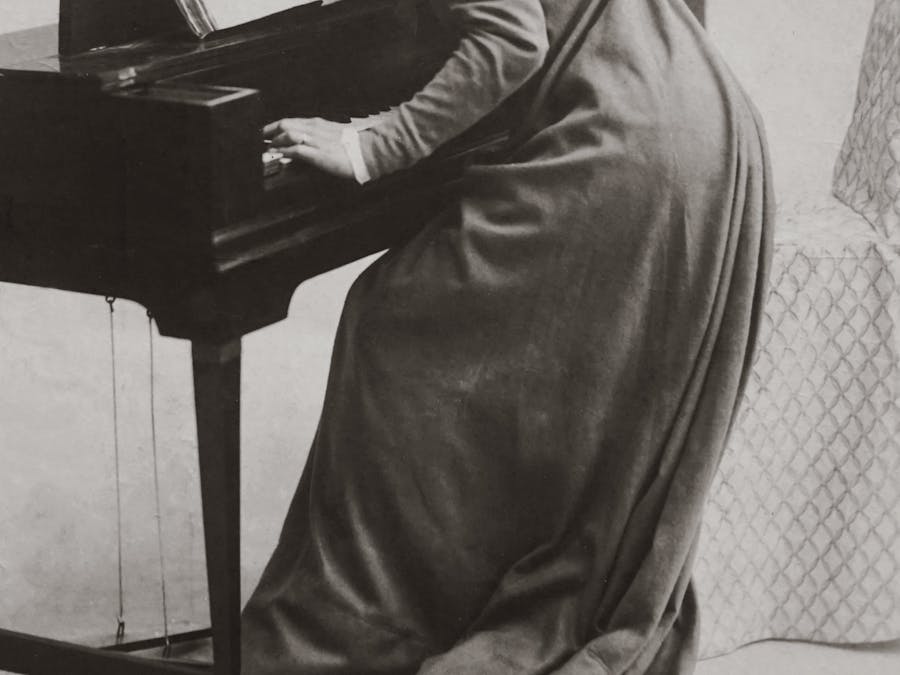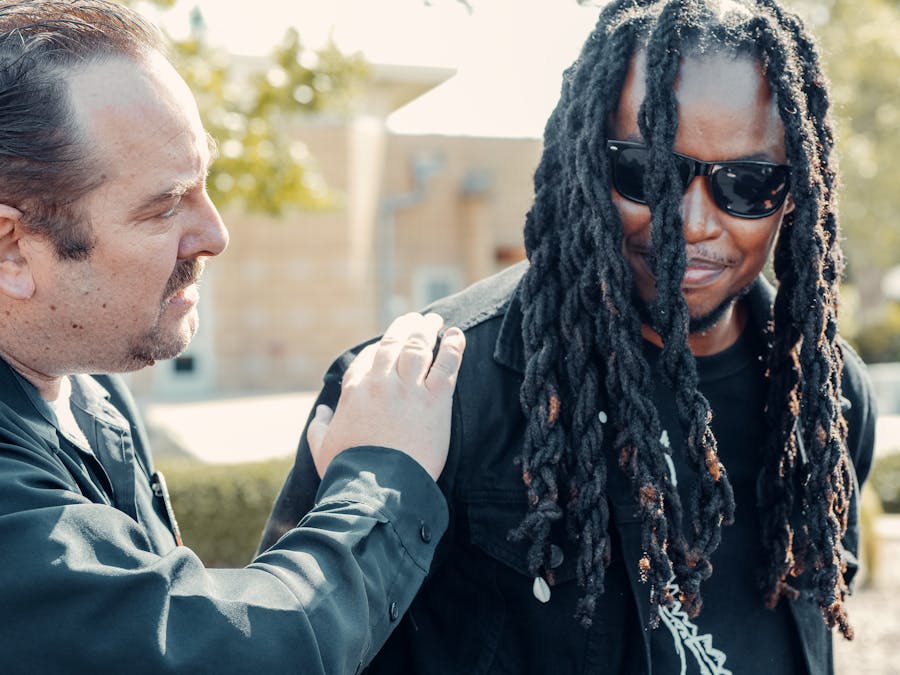 Piano Guidance
Piano Guidance
 Piano Guidance
Piano Guidance

 Photo: Suzy Hazelwood
Photo: Suzy Hazelwood
There is some evidence that pianists make faster and more accurate typists than non-pianists.

Do I need to learn music theory to play the piano? You do not need to learn music theory to play the piano. Many people, both young and old, can...
Read More »
DIY piano moving can damage your piano, duh! That, along with its bulky shape, make it very difficult to move safely. On average, you will need 6...
Read More »Sometimes people assume that because I am a pianist, I must be good at touch-typing. I find this funny because I am actually a terrible typist – in fact I am writing this right now using voice dictation software. But it makes sense that people would link these 2 skills, so I did some research to see whether piano skill impacted typing speed and accuracy. There is some evidence that pianists make faster and more accurate typists than non-pianists. This 2019 paper reports a typing speed of 120 words/minute for pianists, compared to 50 words/minute for non-pianists, for 3 reasons: piano-playing has an enhanced feedback loop, is an inherently analytical process, and uses all 10 fingers fairly equally. Here is an explanation for why these 3 factors could make typing easier for pianists:

If you want to be a professional classical performer, you're looking at a minimum of 10 to 15 years of concentrated study with a master teacher,...
Read More »
The fix is reasonably simple, requiring the unscrewing of the two key blocks located at both ends of the key slip to gently work it out. While it...
Read More »There are very few tasks in everyday life that require full use of all fingers and thumbs fairly equally. Typing and playing some musical instruments are the only things that come to mind right now. Not even all musical instruments use all 10 fingers in the same way, e.g. woodwind instruments only use the right thumb for supporting the instrument – it doesn’t contribute to the pitches like the other fingers do. At a very basic level, playing the piano could be described as the cooperation between the brain and the body to press a key down without looking at it, which is the same process needed when touch-typing. In this 2013 study, researchers turned a piano keyboard into functioning as a computer keyboard, i.e. each piano key represented a different letter, or combination of letters, covering the whole alphabet. They found that with no prior practice using this system, professional pianists could type sentences on the piano at a rate of 80 words per minute on their first attempt. If you want to know how fast the piano world record holders can play the piano, then check out my other article here.

Masters/DMA Piano Major: 3-6 hours per day. Adult Amateur: 1-2 hours per day. Many adult amateurs are busy people who have difficulty even finding...
Read More »
Definitively the most romantic pieces of classical music ever... Puccini - O mio babbino caro. Rachmaninov – Piano Concerto No. ... Elgar - Salut...
Read More »
Pianoforall is one of the most popular online piano courses online and has helped over 450,000 students around the world achieve their dream of playing beautiful piano for over a decade.
Learn More »Here are some reasons why typists may have a head start when it comes to learning the piano: Touch-typing helps hand-eye coordination, which might mean that you might not have to look at the piano keys so much when learning. Your fingers are moving in isolation (controlled by the forearm etc.), which is also true when playing the piano. When you are typing fast, your brain is words ahead of the words that your fingers are currently typing, like reading ahead in the sheet music when playing the piano. In contrast, here are some reasons why typing skill may have no impact on piano skill: When playing the piano, we have to move our hand position constantly. Each key could be played by any of the 10 fingers at different times. This is a step up from typing, where each key on the computer keyboard is only usually ever pressed by one specific finger. Computer keyboards are not touch-sensitive. You either press a letter or you don’t. Contrast this to piano-playing, where how much weight you use to press each key determines the volume and quality of the sound, and is an important skill to develop. Many of the physical requirements of playing the piano are not used when typing, for example tucking the thumbs under other fingers to join up passages, using the foot pedals, and even playing big chords where many keys are pressed at once. When playing the piano, the 2 hands are independent. They each have their own separate notes to play, and have their own separate parts of the sheet music to follow. When typing, both hands work together towards the same goal of typing the same sentence. Rhythm is generally irrelevant when typing. The goal is usually to type as quickly as possible whilst maintaining a good level of accuracy. Piano-playing has the additional levels of maintaining a consistent pulse (unless indicated otherwise), and following any written rhythms, to think about. Playing music is about much more than the physical processes involved. It’s about listening intently, shaping phrases, conveying emotions… Typing does nothing to develop your aural skills and musical awareness. If you want to improve your piano-playing speed, check out my article on how to do that here: How to Play Piano Faster

But you can calm piano recital jitters with these scientifically proven tips: Lean on a friend. Phone a friend for a laugh or support before your...
Read More »
Despite competition from old rivals such as Casio and new players such as Kurzweil, Yamaha remains at the top of the totem pole when it comes to...
Read More »
$20 is a great tip for a group lesson, and $50 is good for a private lesson. The best tip I ever got was $300 for an all-day private. Instructor...
Read More »
Besides natural ivory, ivory can also be produced synthetically, hence (unlike natural ivory) not requiring the retrieval of the material from...
Read More »